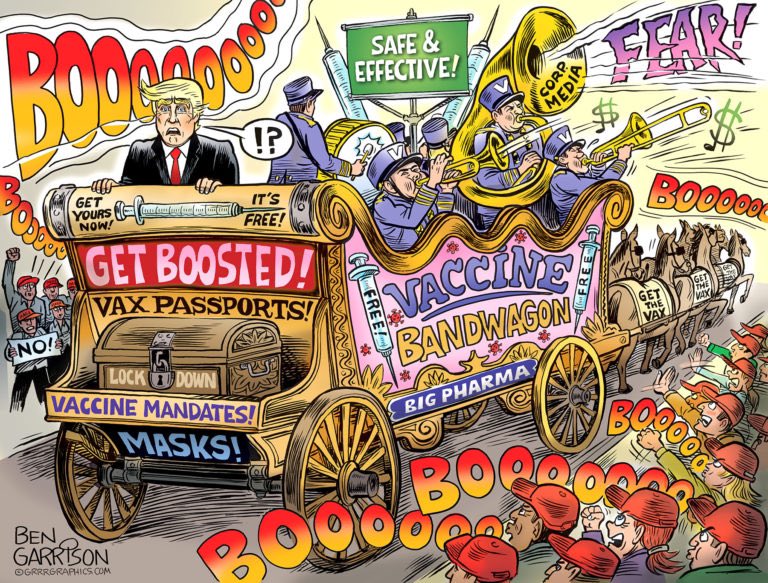It's raining as I type this, snowing not that far from here. We've gotten lucky in the past couple of weeks and we are supposed to have another major storm before New Year's Day. All of this means that we desperately need to start planning as soon as possible for teams to go out into the forest and start some fires.
As Elizabeth Weil explains in her Pulitzer-worthy Propublica piece (which we discussed earlier here). [emphasis added]
Yes, there’s been talk across the U.S. Forest Service and California state agencies about doing more prescribed burns [a.k.a. controlled burns -- MP] and managed burns. The point of that “good fire” would be to create a black-and-green checkerboard across the state. The black burned parcels would then provide a series of dampers and dead ends to keep the fire intensity lower when flames spark in hot, dry conditions, as they did this past week. But we’ve had far too little “good fire,” as the Cassandras call it. Too little purposeful, healthy fire. Too few acres intentionally burned or corralled by certified “burn bosses” (yes, that’s the official term in the California Resources Code) to keep communities safe in weeks like this.
Academics believe that between 4.4 million and 11.8 million acres burned each year in prehistoric California. Between 1982 and 1998, California’s agency land managers burned, on average, about 30,000 acres a year. Between 1999 and 2017, that number dropped to an annual 13,000 acres. The state passed a few new laws in 2018 designed to facilitate more intentional burning. But few are optimistic this, alone, will lead to significant change. We live with a deathly backlog. In February 2020, Nature Sustainability published this terrifying conclusion: California would need to burn 20 million acres — an area about the size of Maine — to restabilize in terms of fire.
...
[Deputy fire chief of Yosemite National Park Mike] Beasley earned what he called his “red card,” or wildland firefighter qualification, in 1984. To him, California, today, resembles a rookie pyro Armageddon, its scorched battlefields studded with soldiers wielding fancy tools, executing foolhardy strategy. “Put the wet stuff on the red stuff,” Beasley summed up his assessment of the plan of attack by Cal Fire, the state’s behemoth “emergency response and resource protection” agency. Instead, Beasley believes, fire professionals should be considering ecology and picking their fights: letting fires that pose little risk burn through the stockpiles of fuels. Yet that’s not the mission. “They put fires out, full stop, end of story,” Beasley said of Cal Fire. “They like to keep it clean that way.”
Why is it so difficult to do the smart thing? People get in the way. From Marketplace.
Molly Wood: You spoke with all these experts who have been advocating for good fire for prescribed burns for decades. And nobody disagrees, right? You found that there is no scientific disagreement that this is the way to prevent megafires. So how come it never happens?
Elizabeth Weil: You know, that’s a really good question. I talked to a lot of scientists who have been talking about this, as you said, literally, for decades, and it’s been really painful to watch the West burn. It hasn’t been happening because people don’t like smoke. It hasn’t been happening, because of very well-intended environmental regulations like the Clean Air Act that make it harder to put particulate matter in the air from man-made causes. It hasn’t happened because of where we live. You don’t want to burn down people’s houses, obviously.
The term "controlled burn" is always at least slightly aspirational, and as the Western fire season gets longer and longer, our window for safe prescribed burns gets shorter and shorter. As a result, this may be the most urgent environmental action places like California need to take. If the weather takes a bad turn, a delay of two or three weeks can mean missing an opportunity to mitigate disaster in the Summer and Fall.
We've missed too many already.






.jpg)




.jpg)
.jpg)
.jpg)
.jpg)
.jpg)
.jpg)





















